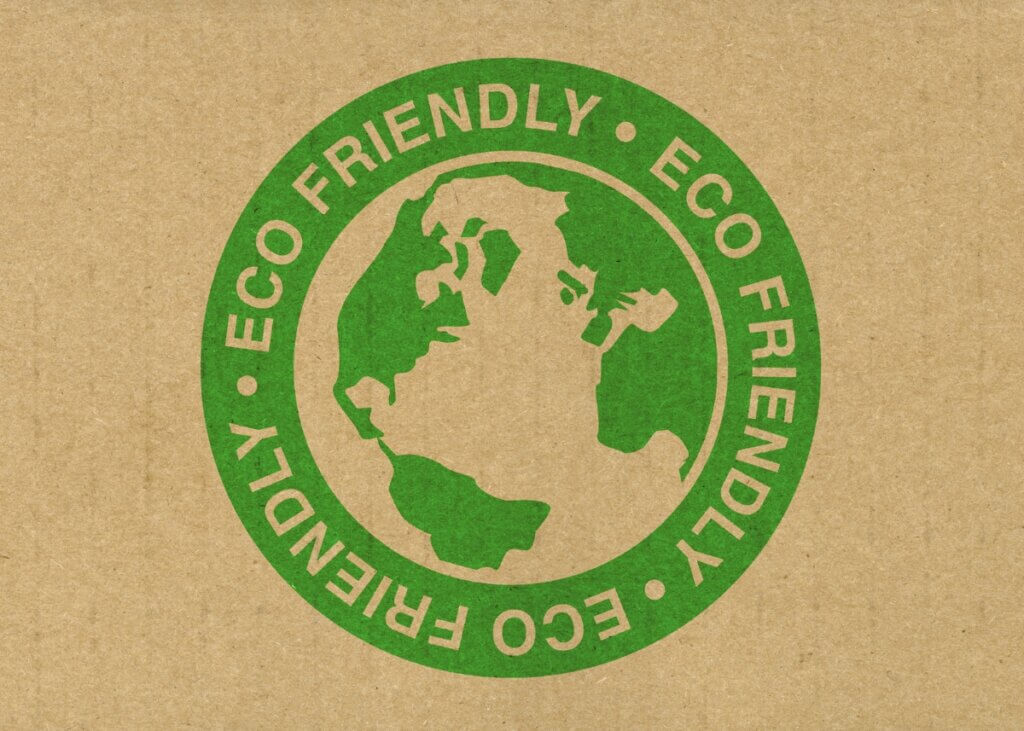
Planning for a Greener Goodbye: How to Add Eco-Friendly Wishes to Your Estate Plan
If you live your life with a focus on sustainability, why not let that intention guide the way you leave it, too?
Today, more people are looking for ways to align their end-of-life choices with their environmental values. From natural burials to biodegradable urns, the options for an eco-conscious farewell are growing—and your estate plan is the perfect place to ensure those wishes are honored.
Here’s how to incorporate sustainable choices into your estate plan so that your goodbye is just as thoughtful as your life.
1. Green Cremation (a.k.a. Alkaline Hydrolysis)
Traditional cremation requires a significant amount of fossil fuel and releases carbon dioxide into the atmosphere. Green cremation, also called water cremation or alkaline hydrolysis, offers a gentler, more environmentally friendly alternative. This process uses water and a small amount of potassium hydroxide to accelerate natural decomposition, reducing your carbon footprint dramatically.
If this option appeals to you, be sure to:
- Specify it clearly in your health care directive and final arrangements section of your estate plan.
- Talk to your loved ones and health care agent about your wishes.
- Confirm availability in your state (not all states currently permit alkaline hydrolysis).
2. Biodegradable Urns and Memorials
Biodegradable urns are designed to break down naturally over time, returning your ashes to the earth in a way that supports new life. Some urns are even designed to grow into trees—a living tribute that benefits the planet.
There are a wide range of options including:
- Seed-infused urns that grow into memorial trees.
- Ocean-safe urns for a water burial.
- Handcrafted paper or salt-based urns that dissolve gracefully.
You can add your preferences for these in a letter of instruction or separate memorandum that accompanies your estate plan. This ensures your family knows the type of urn or memorial that best represents your values.
3. Natural (or Green) Burial
A natural burial allows your body to return to the earth without embalming fluids, metal caskets, or concrete vaults. Instead, the body is placed in a biodegradable shroud or simple wooden container and buried in a natural setting, such as a conservation cemetery.
To make this happen:
- Locate a green burial site near you and include those details in your plan.
- Note your preference for no embalming or chemical preservation.
- Include this instruction in both your will and advance healthcare directive (some people begin funeral preparations immediately after death, so it’s wise to have your wishes in both documents).
4. Sustainable Funeral Practices
You can also express preferences around the type of service you’d like. Consider:
- Asking for donations to an environmental charity instead of flowers.
- Holding the service outdoors, in a park or garden.
- Using locally sourced, sustainable materials for any printed programs or décor.
These details can be written into a final wishes document and shared with your executor or trustee to guide your loved ones.
5. Communicate Your Green Wishes
Even the most thoughtful eco-friendly plans need to be shared. The best way to ensure your sustainable preferences are honored is to:
- Work with your estate planning attorney to include your green burial or cremation wishes in your legal documents.
- Talk to your family about why these choices matter to you.
- Consider appointing a health care agent and trustee who understands your values and will advocate for them.
A Thoughtful Legacy
Choosing an eco-friendly goodbye isn’t just about reducing your impact—it’s also a powerful way to leave a lasting legacy of care and responsibility. Your estate plan can reflect the principles that have guided your life and encourage your loved ones to carry that legacy forward.
If you’re ready to plan for a greener goodbye, we’re here to help you put those values into writing. Reach out anytime to start the conversation.
